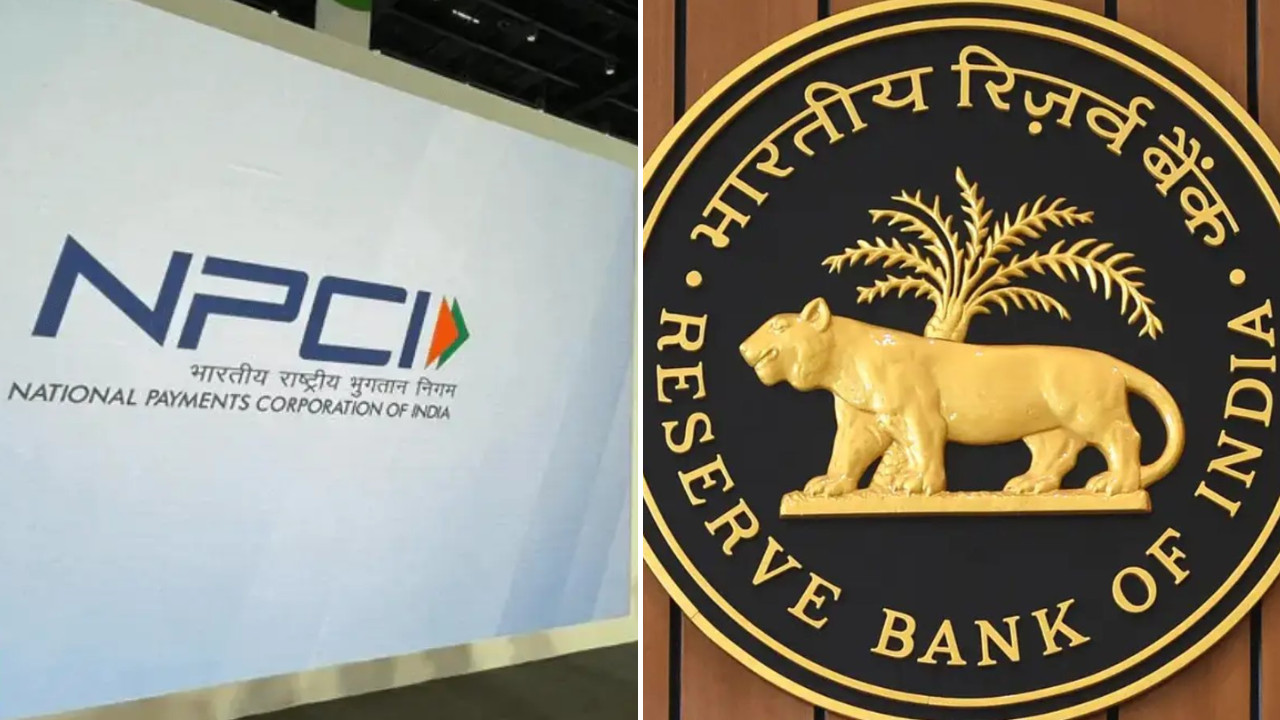India has revised its 2015 mandate for installing flue gas desulphurisation (FGD) units, now focusing on coal-fired plants within 10 km of cities with over 1 million residents. This change, driven by cost concerns and studies indicating lower-than-threshold sulphur dioxide levels, is expected to reduce power costs. While criticised by environmentalists, officials claim the recalibration is efficient and climate-conscious.
Powering Up Savings: Emission Norm Easing Could Mean Cheaper Electricity
Imagine flicking on the light switch and knowing that the electricity powering your home isn’t just convenient, but also becoming more affordable. That’s the potential outcome of recent shifts in emission standards for thermal power generation in India. The government’s move to ease some of the previously stringent norms could translate into significant savings for consumers, and it’s a conversation worth diving into.
For years, India has been grappling with balancing its rapidly growing energy needs with the pressing issue of environmental pollution. Thermal power plants, which rely on burning fossil fuels like coal, have been a major source of both energy and emissions. Stricter emission norms were initially introduced to curb pollution, but their implementation came with a hefty price tag. Power plants faced substantial investments in upgrading their infrastructure to comply with these new standards.
Now, picture this: a power plant operator staring at a massive bill for installing flue-gas desulfurization (FGD) units to reduce sulfur dioxide emissions. These are complex and expensive systems, and the costs inevitably trickle down to the consumer in the form of higher electricity tariffs. The government has been considering the economic implications of maintaining the ultra-strict standards, especially as India aims to provide affordable power to all.

So, what’s changed? Recent relaxations in emission deadlines and specific pollutant limits for thermal power plants are aimed at easing the financial burden on these facilities. This allows them more time to comply with the environmental regulations, potentially avoiding costly retrofits and upgrades that would ultimately be passed on to consumers.
The Ripple Effect on Your Wallet: Cheaper Electricity
The most immediate and noticeable impact of these relaxed emission norms will likely be on the cost of electricity. Power generation companies, no longer facing immediate pressure to invest heavily in upgrades, can potentially keep their operating costs lower. This could translate into reduced tariffs for both households and industries.
Think about the implications for small businesses. Lower electricity bills can free up capital for investment, innovation, and job creation. For households, the savings might seem incremental, but they add up over time, providing much-needed relief in a world of rising costs. This decision related to relaxed emission norms is not just about power plants; it’s about the economic health of the nation.
A Balancing Act: Environment vs. Economy
It’s crucial to acknowledge that this decision isn’t without its critics. Environmental advocates will raise concerns about the potential impact on air quality and public health. The initial emission norms were put in place for a reason: to mitigate the harmful effects of pollution from thermal power plants. Loosening those standards, even temporarily, could lead to increased emissions and associated health problems.
However, proponents of the relaxed norms argue that a more gradual approach allows for a more sustainable transition to cleaner energy sources. India is investing heavily in renewable energy, such as solar and wind power, but these sources are not yet capable of meeting the country’s entire energy demand. Thermal power remains a critical component of the energy mix, and making it more affordable can support economic growth while the transition to renewables continues. It is also a crucial element in ensuring stable power grids across the country. You can learn more about India’s broader energy strategy on [our page discussing renewable energy investments](internal-link-to-related-content).
Looking Ahead: A Cleaner and More Affordable Future
The debate over emission norms for thermal power plants highlights the complex challenges of balancing environmental protection with economic development. While the current relaxations may provide short-term relief for consumers, the long-term goal remains to transition to cleaner, more sustainable energy sources. This requires continued investment in renewable energy infrastructure, as well as innovative technologies to reduce emissions from existing thermal power plants.
The shift in policy regarding relaxed emission norms is a sign that India is actively calibrating its energy strategy to navigate a complex landscape. By carefully weighing the economic and environmental factors, India hopes to achieve a future where power is not only affordable but also clean and sustainable. The impact of these changes will undoubtedly be felt by businesses and households alike, shaping India’s energy future for years to come.







